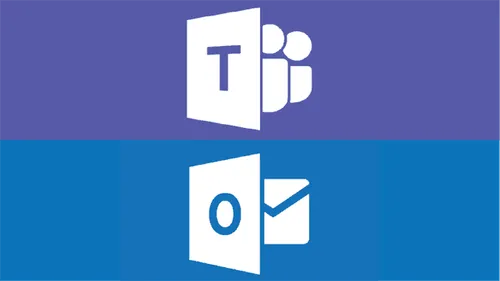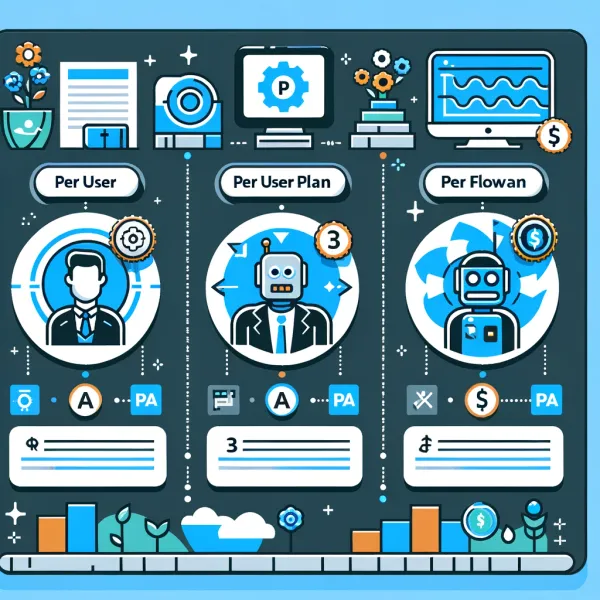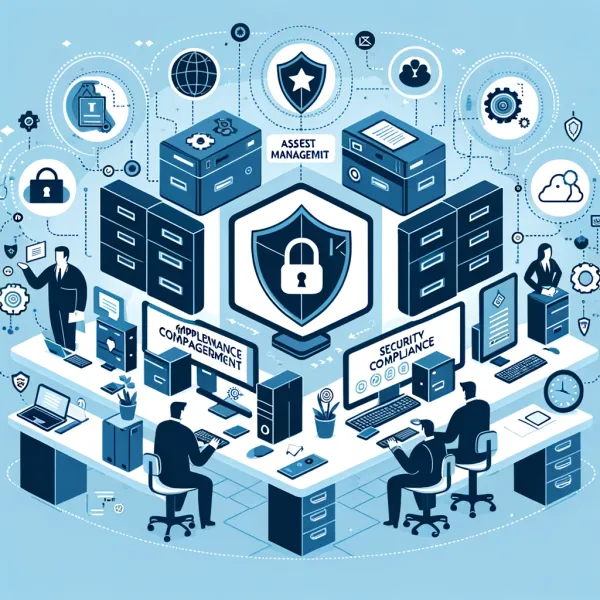
Knowledge base
September 30, 2020
When to use Microsoft Teams and when to use email.
Communication in society is constantly changing and changing. The tools and media we use to speak and share information depend on your age, region, culture or experience.
Think of texting versus talking via a smartphone. Your grandparents may never text, but your children may never call. If you’re in a more traditional industry, you can call your customers/prospects or maybe most of your communication is via email or text message.
THESE RECOMMENDATIONS ARE LIKELY TO CHANGE AGAIN
As a side note, since we make some recommendations for when you should use Microsoft Teams and when you should use email, they are likely to change eventually and may be different for your specific work culture or context.
USE MICROSOFT TEAMS FOR INTERNAL COMMUNICATIONS
Microsoft Teams is at its core a tool for collaboration and communication. Teams users are working on the platform all day and check it regularly. That’s why we recommend using Microsoft Team messages and posts for your inner circle at work.
HERE ARE FOUR TIPS FOR GETTING INTERNAL COMMUNICATIONS OFF TO A FAST START IN MICROSOFT TEAMS
If you start in Teams and come from a culture exclusive to email, let your team get used to Teams by responding directly to messages that come your way. Once people understand that communication in Microsoft Teams receives an immediate response, they will throw away email for internal use in an instant
Share documents as you create them
The mental shift to Teams can be difficult for an entire organization, but showing them that working together in documents is easy is a great way to enforce the shift. Back-end SharePoint lets you add files directly to a team to share with an entire group of people at once.
Keep it airy and fun
Because Microsoft Teams is for internal use, you can have a little more fun. Microsoft makes this super easy by allowing users to share GIFs and stickers. It will also be so much more fascinating for your colleagues than email.
Use a team/channel to share information.
Building teams and channels around groups or departments makes it easy to communicate with a specific group of people on a specific topic. Make sure you communicate shared information in this way so you know everyone has received it.
But still use email for external use
Email still plays a hugely important role in office culture (for the time being) and can be used to complement the internal communication you have in Teams.
The recommendation we have is that if communication should go outside the company or have the potential to go outside the company, use email.
Depending on your corporate culture or the person you’re communicating with, you can also use email for formal communication with the leadership in your company, or if you share a proposal or other message that you don’t expect an immediate response to.
Source: Swicktech
Want to know more?

Related
blogs
Tech Updates: Microsoft 365, Azure, Cybersecurity & AI – Weekly in Your Mailbox.









